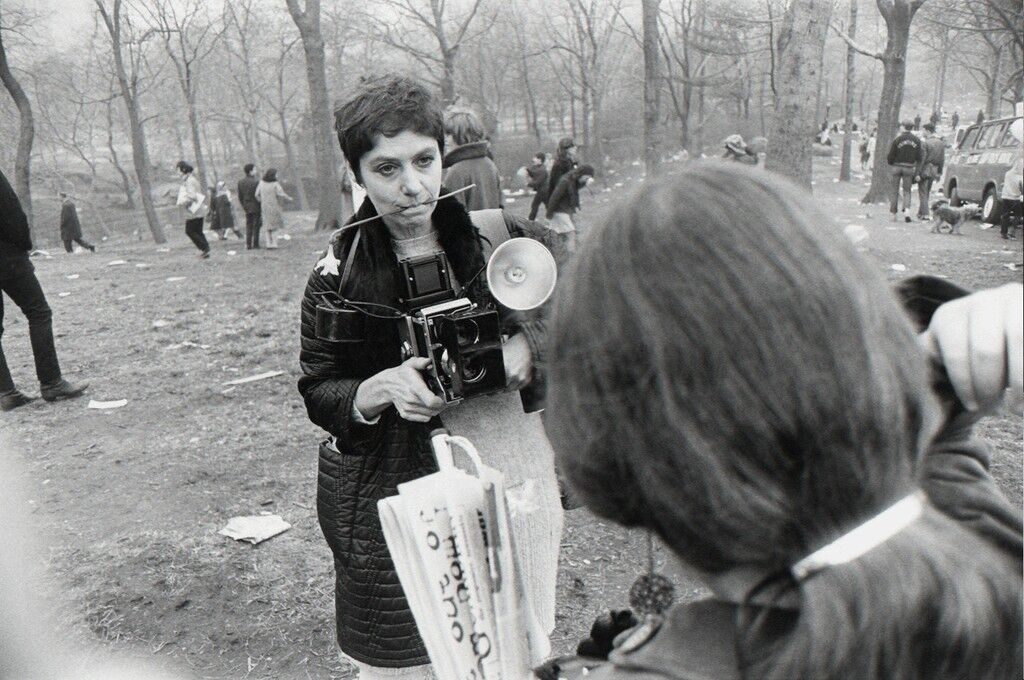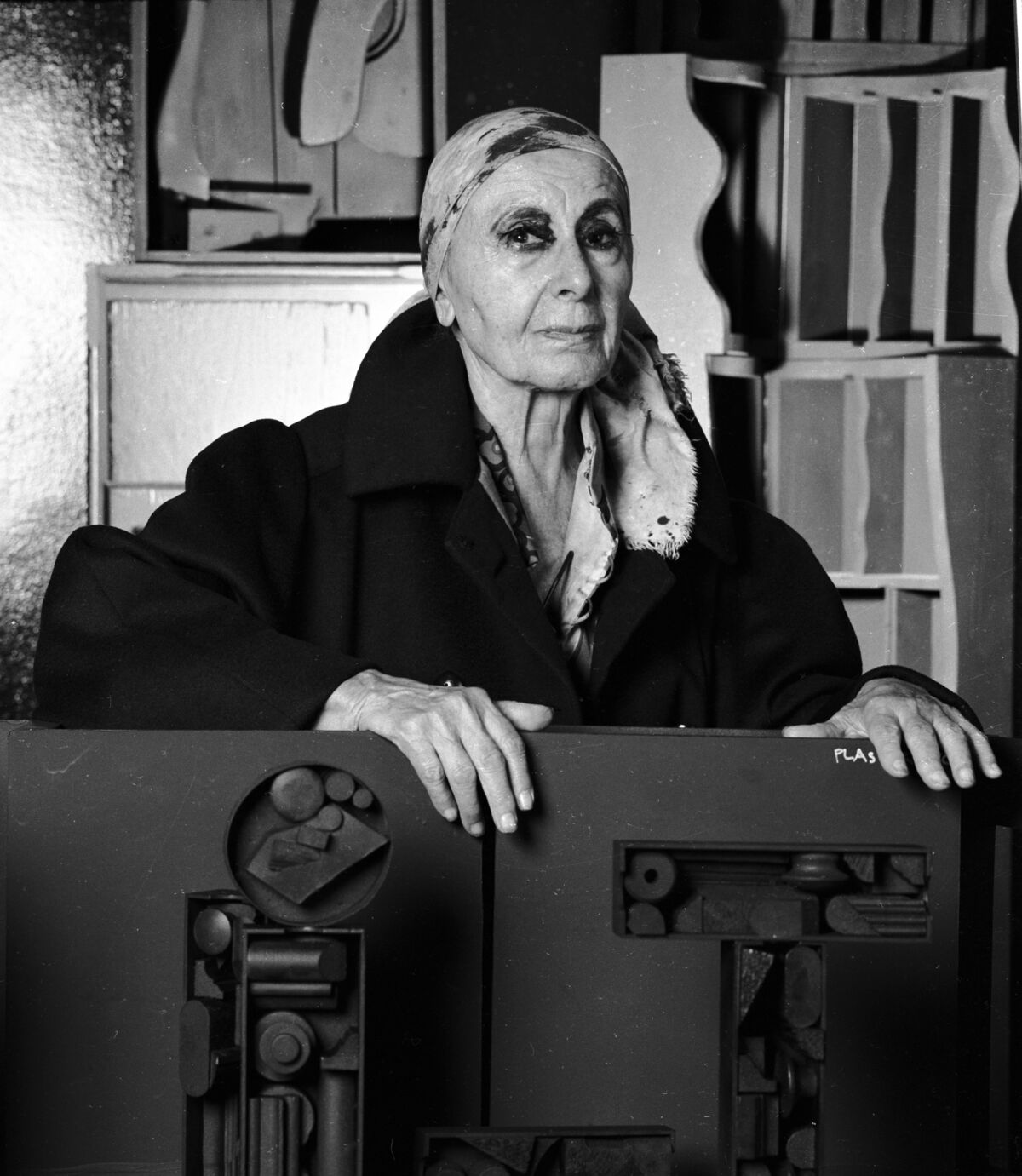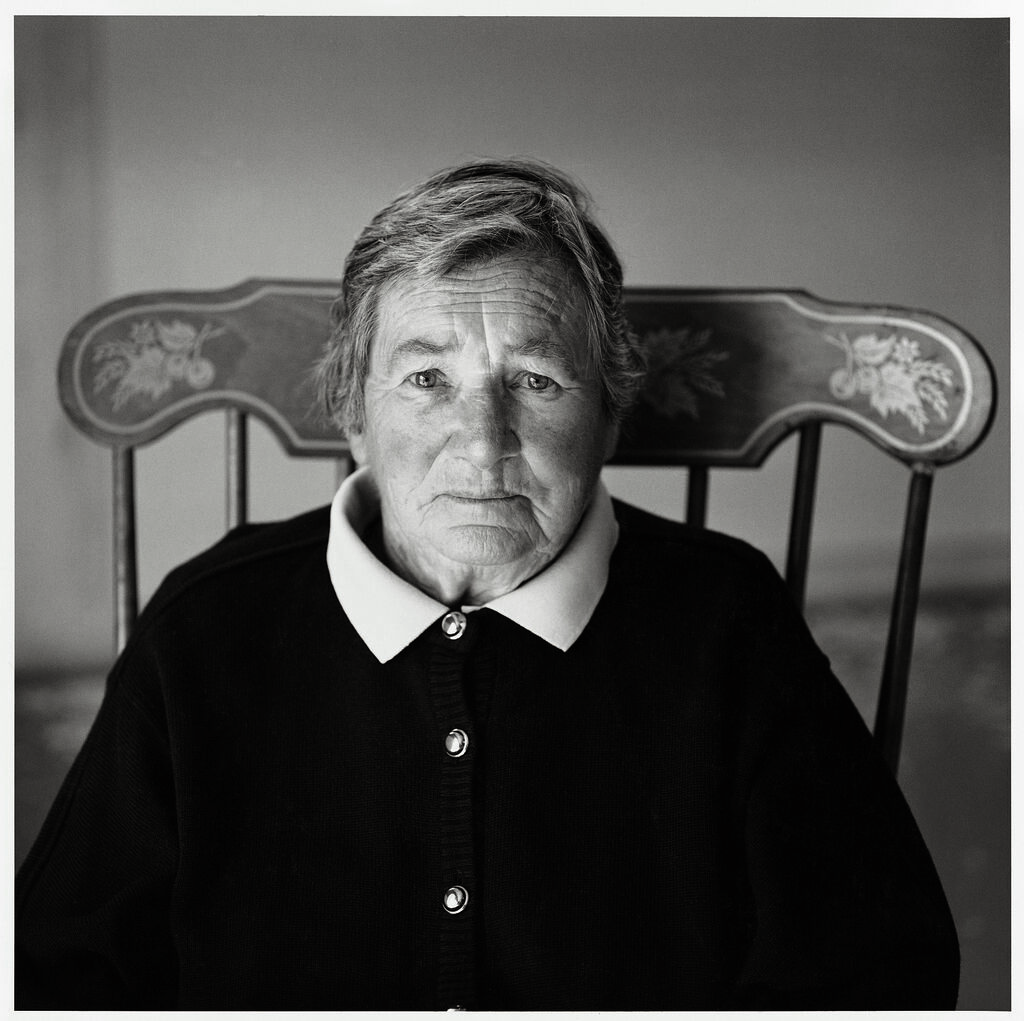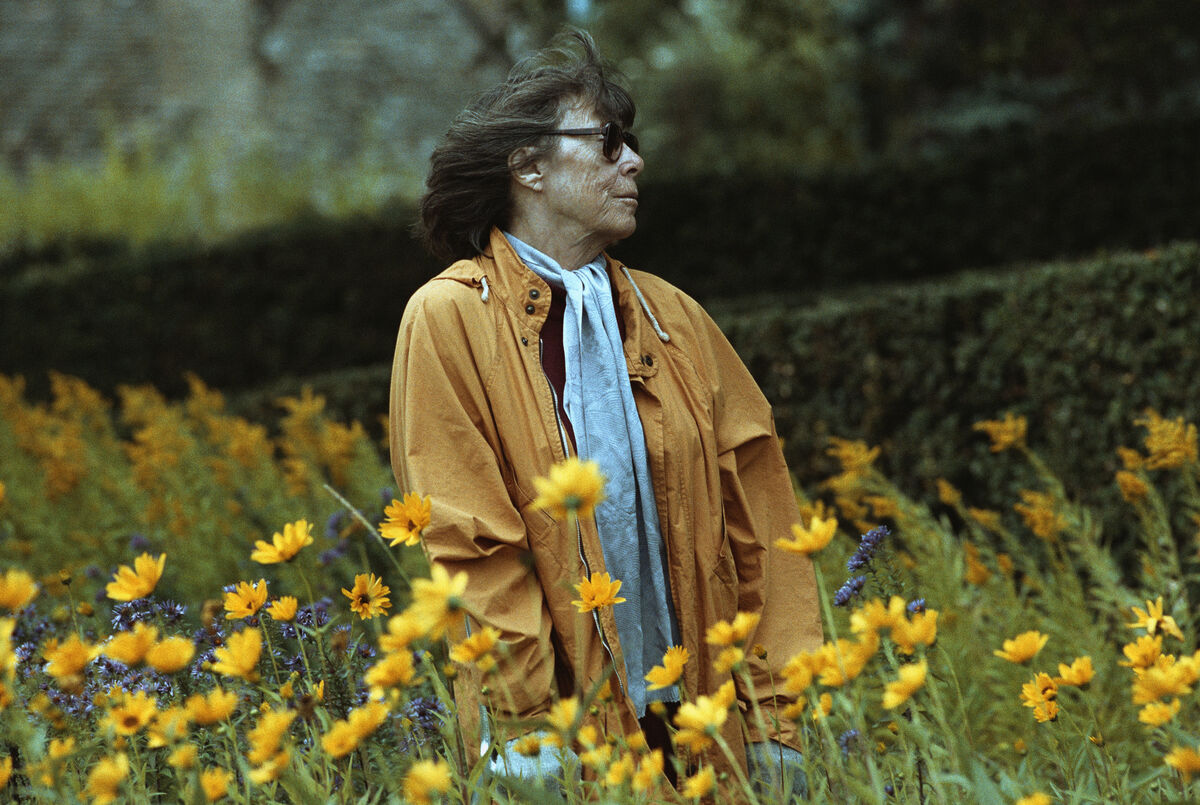Authored by Alina Cohen. Published in Artsy

Artists’ lives are unpredictable. It’s nearly impossible to guess when inspiration will strike, when a check will arrive in the mail, or when a curator will propose an exhibition. Rituals, whether they’re carefully chosen, superstitious, or compulsive, can help artists cope with such uncertainties. The 19th-century painter Rosa Bonheur, for example, kept over 60 caged birds in her bedroom. Her mornings began as her pets trilled, then she fed them. Her animal-related routines (she also kept lions, wild sheep, and boars) didn’t just introduce regularity and companionship into her life—they offered great fodder for her canvases. “The real purpose of this extensive menagerie was to give Bonheur plenty of subjects for her paintings, and to allow her to work from her estate without having to make the rounds of farms, stockyards, animal markets, and horse fairs,” writes Mason Currey in his new book, Daily Rituals: Women at Work (2019). Throughout the volume, Currey details the rituals—from the salutary to the detrimental—of 143 creative female spirits. While the author offers such enticing tidbits as designer Elsa Schiaparelli’s predilection for lemon juice and water at breakfast and writer Isabel Allende’s superstitious practice of beginning each new book on January 8th, we’ve culled details on how 10 major painters, sculptors, photographers, and performance artists have infused their days with both customs and quirks.
Louise Nevelson

Louise Nevelson, famous for her boxy, jet-black sculptures, had no time to fuss over her meals or outfits. According to Currey, the sculptor could make around 60 artworks in a year. By the 1950s, she had amassed nearly 900 pieces in her Manhattan townhouse. To make room for the work, Nevelson even used her bathtub for storage space. In her autobiography, she wrote: “I wear cotton clothes so that I can sleep in them or I can work in them—I don’t want to waste time.…Sometimes I could work two, three days and not sleep and I didn’t pay any attention to food, because…a can of sardines and a cup of tea and a piece of stale bread seemed awfully good to me.” Her flamboyance was a late-in-life luxury. Nevelson didn’t receive major acclaim until she was nearly 60 years old, when, in 1958, the Museum of Modern Art included her work in the major 1959–60 show “Sixteen Americans.” The exhibition situated her sculpture among works by Jasper Johns, Ellsworth Kelly, Frank Stella, and other midcentury luminaries. Nevelson finally livened up her sartorial selections, becoming famous for elaborate headscarves and jewelry—all the better to complement her thick mink eyelashes.
Frida Kahlo

Frida Kahlo’s famously tempestuous relationship with fellow artist Diego Rivera distracted her from painting. And between carrying out affairs with Leon Trotsky, roving around the United States to accommodate Rivera’s new artistic commissions, and contending with lifelong pain from an early streetcar accident, Kahlo faced many other upheavals. Yet the artist’s biographer, Hayden Herrera, described how Kahlo occasionally achieved a modicum of regularity: “When all was well between Frida and Diego, the day usually began with a long, late breakfast in Frida’s house, during which they read the mail and sorted out their plans—who would need the chauffeur, which meals they would eat together, who was expected for lunch,” Herrera wrote. Afterwards, Kahlo retreated to her studio or socialized with friends. Towards the end of her life, the artist was bedridden. Only then did her painting practice become more regular, as it offered her a respite from her afflictions.
Margaret Bourke-White
Midcentury photojournalist Margaret Bourke-White was so intrepid in her war coverage that her peers nicknamed her “Maggie the Indestructible.” From the Soviet Union to Germany and from India to the American Midwest (where the Dust Bowl raged), Bourke-White captured trauma and conflict for publications such as Fortune and Life. For her achievements, history remembers her as the first female war correspondent.Such a description belies Bourke-White’s significantly structured domestic life. When she was home in Darien, Connecticut, she went to bed at 8 p.m. and rose at 4 a.m. She often wrote and slept outdoors, enjoying solitude as she isolated herself from others. When another Life photographer, Nina Leen, asked her to lunch, she recalled that Bourke-White told her “she was writing a book and there was no hope of a lunch for several years.”
Agnes Martin

After she left New York for New Mexico in the late 1960s, Agnes Martin eschewed socializing, plumbing, and electricity for uninterrupted studio time. She described her painting, in part, as a way to escape her psychiatric troubles—namely, schizophrenia. Her friend in New Mexico, Donald Woodman, recalled that “she had to quiet…voices [in her head] in order to reach the core of what she wanted to paint, which took an incredible act of will.”Martin established regularity in her life by wearing coveralls, reading murder mysteries, maintaining a vegetable garden, and occasionally dining with Woodman. For dinner, she’d assemble unusual meals from eggs, peanut-butter-and-jelly sandwiches, packaged meats, and whatever crop she was growing that year. For Martin, ritual wasn’t just a means of making work, but of triumphing over her illness.
Andrea Zittel
Martin is hardly the only creative personality to disown city life for more tranquil environs. American artist Andrea Zittel famously escaped Brooklyn to relocate to the California desert in 2000. In Joshua Tree, she established a communal complex for artists called A-Z West. In her own practice, she often produces functional objects, from clothing and furniture to sorting trays and camper trailers.“Because of the extreme climate—with summer highs surpassing 100 degrees Fahrenheit and winter lows slipping below freezing—Zittel’s morning routine shifts with the season,” writes Currey. In the summer, she wakes up with an early hike, chicken-feeding, chore-completion, and meditation—all before breakfast. In the winter, Zittel delays her hike until the cool evening temperatures have dissolved. “Having a pattern helps ensure that you fit everything into a limited amount of time,” Zittel has said, “but too much of a pattern and you get stuck.”
Joan Mitchell

Famous for her lyrical, abstracted landscapes, Joan Mitchell had one particular bad habit: heavy, indiscriminate drinking. Yet some of her rituals were more benign. She once described her late-in-life daily routine to an art critic: lunch at 1 p.m., a crossword puzzle, and listening to “shrink programs,” in which “people call up with their problems, and that sort of makes you feel better you don’t have that problem,” she explained.And Mitchell, indeed, suffered her own psychological setbacks. She experienced depressive episodes, and retained a psychiatrist, Edrita Fried, throughout her life. Her studio became a haven from her difficulties, and Currey recounts that she was once hesitant to even let in a plumber. In private, Mitchell could be vulnerable, open, and free.
Alma Thomas
In 1972, the Whitney Museum of American Art granted its first-ever solo exhibition of an African-American woman to 80-year-old artist Alma Thomas. After spending decades quietly painting and teaching at public schools in Washington, D.C., to earn a living, she certainly deserved it. Thomas was so driven that she opted to never marry or have children. “A woman simply can’t do justice both to a family and to art. She has to choose which she wants,” Thomas said. Instead, she visited art museums and galleries, and painted in her kitchen or living room. Ultimately, she left a brood of vibrant canvases for posterity.
Tamara de Lempicka

Unlike most of the artists on this list, Tamara de Lempicka opted to give both art and motherhood a try—yet she was hardly the stay-at-home type. In 1918, she and her husband, Tadeusz, fled St. Petersburg (and the raging Bolshevik Revolution) for Paris. She enjoyed the city and used it as inspiration. Her husband helped her care for their daughter: Lempicka fed Kizette in the morning and evening, using the rest of the day and night to paint and party. She enjoyed the city’s cabarets, operas, and nightclubs. “Lempicka preferred pellets of hashish dissolved in sloe-gin fizzes or, her very favorite, hits of cocaine sniffed from a miniature silver teaspoon,” writes Currey. Afterward, she’d indulge in extramarital affairs with men and women, students and sailors.These rituals were hardly damaging to Lempicka’s practice. After she arrived home, she painted until nearly breakfast. Then she started her days, and her family life, anew.
Bridget Riley
British Op artist Bridget Riley sticks to a specific studio ritual: She begins each artwork as a preliminary drawing, attempting various sketches before settling on a final composition. “You have to build up a working routine—you have to be able to surprise yourself and, above all, to make mistakes,” she once said. She believes that if she gets bored with a particular work, that signified an artistic misstep. She employs assistants to actualize many of her concepts on canvas, which helps her gain some separation from her paintings. Riley’s eye-popping canvases of black-and-white curves, colorful stripes, and scattered polka dots are all testaments to her working methods.
Marisol

The glamorous Venezuelan artist Marisol maintained a movie-star mystique appropriate for the Warhol era. Throughout the mid-1960s, she created sculptures and prints inspired by Pop and folk art—creating larger-than-life wooden figures of the Kennedy family, a riff on the nativity scene, and a silkscreen playing on Coca-Cola advertisements, among other works. In 1965, the New York Times introduced Marisol’s daily rituals to the world. She woke around noon, ate ham and eggs for breakfast, purchased her mixed-media art materials, worked in her studio throughout the evening, and then partied—often with Warhol himself. That’s not to say that she was especially social, in the typical sense. “At openings and parties, Marisol was notorious for her silences; many friends and acquaintances recalled spending hours with the artist without her uttering a word,” Currey writes. While she was shy, she was also uninterested in what most people had to say. She preserved conversational energy for her work, communing with her objects instead.
Diane Arbus

The strangeness of Diane Arbus’s portraits perhaps reflects the artist’s own inner eccentricities—which she hid well. “‘A photograph,’ Arbus said, ‘is a secret about a secret.’ And Arbus loved secrets,” Currey writes. According to photographer Deborah Turbeville, Arbus would reveal information about herself and encourage her subjects to divulge their own private tales. Compulsive sex was Arbus’s own clandestine ritual. According to Currey, she often slept with her subjects or propositioned strangers. Threesomes, vehicular intercourse, and even incest became part of her repertoire (she told her psychiatrist that she regularly bedded her brother, Howard). In both art and coitus, then, Arbus sought human multiplicity and oddness.
Leave a Reply